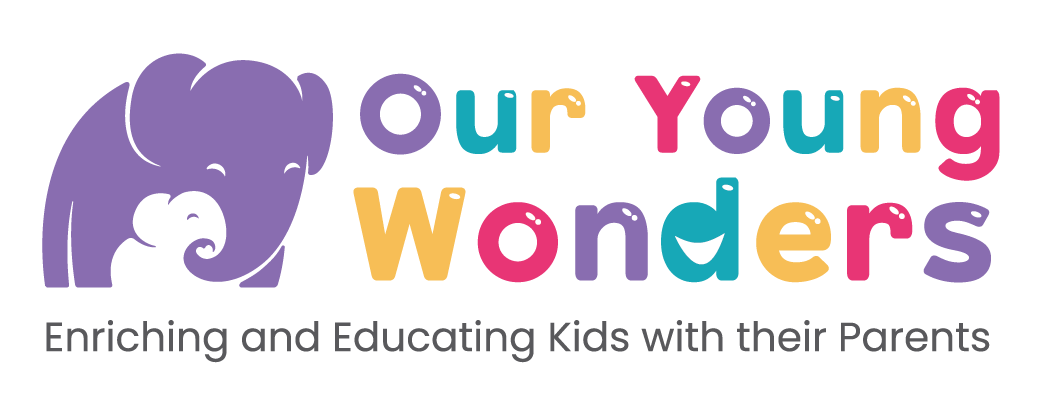If you sit and watch a group of young children taking part in an activity, you will notice that they may be doing things differently and taking different approaches to the activity. This is because children learn and develop in different ways. Much like with adults when they are posed with a task, some may learn the task in one way, whilst others may use a different technique to learn. There are a number of different ways you can learn and develop. Let’s take a look at the different types of learners in relation to children under seven years old.
Visual learners
Visual learners are those who are able to learn best by watching something being done. By watching the process, how things are done and what other people are doing. They are then able to try and complete the task on their own based on what they have seen.
Visual learning can be applied to many different aspects of a child’s life. These can include learning a new sport, a new music instrument or even learning their spelling words for their homework.
In school, visual learners will apply themselves and learn better by watching the teacher and what they are doing, rather than reading the task from a book.
Visual learners are often also referred to as ‘watchers’. This means that they sometimes sit back and watch someone else complete the activity first, rather than getting in and trying to complete it themselves.
Kinetic / tactile learners
Children that are always on the move and wanting to not stay still are often referred to as kinetic or tactile learners. Their need to be active and constantly on the move can sometimes be seen as challenging and disruptive, however this is just their way of learning. Their brain processes information better when their vestibular system is actively moving.
For those who are considered kinetic or tactile learners, one successful way of teaching them is through playing games and turning the activity into one that involves movement and being active.
This way they are able to continue moving, whilst still learning the new skills and applying themselves.
Auditory learners
Other children may learn better by listening to the task, the steps involved and how it all comes together. They may not want to step in and try it straight away. Rather sit and listen to how it is all done and put together.
One way to encourage those who are auditory learners is by getting them involved in a conversation. They are still able to listen and learn through this, but you are also getting them involved by talking to them and listening to them. Finding out if they are understanding the task at hand.
Logical learner
There are also children who are best at learning when they apply logic to the activity. By applying logic it helps them to properly understand the task and what needs to be done in order to complete it.
Logical learners can be difficult to teach at times if the task at hand is something that is based around fantasy or fun. They may find it illogical and irrelevant to them.
Providing mathematical equations, statistics and logic to the activities will help to include them and get them wanting to understand and learn more about it. By explaining the reasoning for undertaking specific tasks, like why the dishwasher is packed full before turning it on, will give your child comfort and understanding. It will also make your life easier as they understand more.
Social learner
The social learner can sometimes be seen as the disruptive type. The person who always wants to be talking to someone else or be in a group of people. They are not disruptive, they just learn best when they are being social and getting involved.
Group activities, open talk time to discuss the tasks and question time are ways to help social learners to get involved. It helps them to understand and learn in their own way.
There are many different ways that we learn things. A learning technique that works for one child, may not work for another. They also may be inclined to a couple of different learning techniques.
Take the time to understand your child and find out what was will best help them to learn and develop new skills. Once you have worked it out, find ways to apply their preferred learning technique to activities.
Once they are comfortable and learning in their own way, you will see them flourish, reach their goals and feel comfortable about learning again.
To join our community in building the Whole Child at home and activity ideas, please click and join our Facebook Group today.


